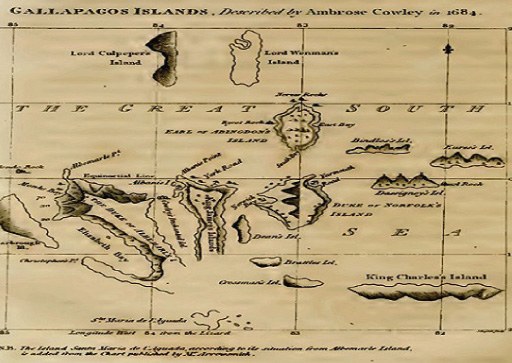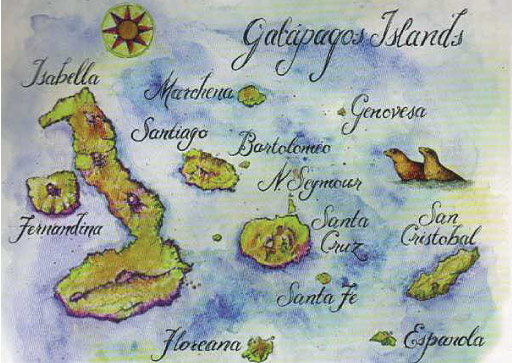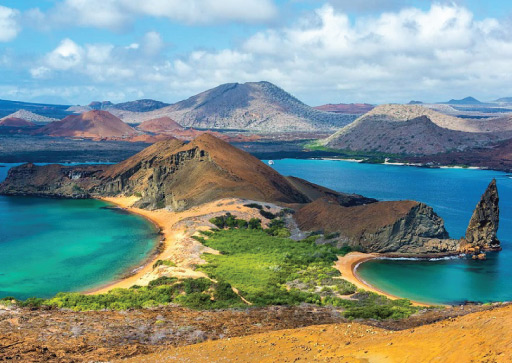The History of the Galapagos Islands Discovery
Galapagos Discovery

An amazing fact for humanity would happen when these extraordinary islands called Galapagos were discovered, the historical events that embrace it speak first of all about their origin by causing a natural phenomenon of tectonic movements on the seafloor, the constant volcanic activity would allow them to emerge and formed these unique and beautiful islands approximately 5 million years ago.
Covering a little more of its history of these remarkable islands, it was not possible to discover vestiges such as tombs, mounds, constructions, that allow confirming settlements before the time of colonization by the Spanish, so there would be no further ethnographic or archaeological trace. However, archaeological pieces were found later attributing to Inca settlement that could have inhabited the islands based on a study done in 1952.

The discovery would finally be as an unplanned event, something unusual or accidental, hence the best stories are said to begin in this way ... it would be a March 10, 1535 when Bishop Fray Tomas de Berlanga was sailing to Lima - Peru given the order of King Carlos V to have information about his viceroyalty, is believe that he would divert his route through the marine currents discovering them in this way, there they would disembark to search for water, rest and continue their navigation. Tomas de Berlanga would consider these islands vacant and that perhaps they would not be of fertile land.
Among their names as these islands would be known are the Archipelago of Colon, but finally given the presence of the symbolic species of giant tortoises that represents it they would be called as the "Galapagos"

During 1546 Captain Diego de Rivadeneira would make an expedition to the Galapagos Islands and would call them Enchanted by the presence of their strong marine currents, the presence of mist through these islands allowed visibility considered as a unique experience, for a beauty scenic without alike since they had the feeling that they would be floating on the ocean.
The cartographer Abraham Ortelius in 1570 decides to include the islands in a world atlas within the first maps, calling them "Insulate of the Galapagos"
The settlements that would be given in these islands until 1816 would be by English pirates since in these islands it was their hiding place on their trips to dock Spaniards who brought gold and silver from America to Spain. The first registered pirate to visit the islands was the English Richard Hawkins, in 1593
In 1970 the scientific mission called "Malaspina" preceded by Alejandro Malaspina would also visit these Islands, but no record of this was published.

The sailor James Colnett in the seventeenth century would describe and cover the first comments on the natural wealth both in vegetation and fauna that these fabulous islands had, this would arouse much interest to the first settlements of especially English settlers, a system of mail and you would have the records of the first navigation charts that were being developed around these islands
After several years, the independence of Ecuador was finally achieved, a government was established under the responsibility of Juan Jose Flores who authorized the annexation of this place to the country with the aim of turning it into a natural park, in addition to protecting and preserving the unique species and impressive that are located in this unique place on February 12, 1832
With the natural wealth that Galapagos has, it makes these islands a unique place on the planet, also with historical data that makes it even more interesting and that only those who have had the opportunity to visit them will speak of an unforgettable experience that they will record in the depths of their memories.